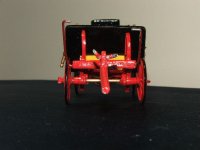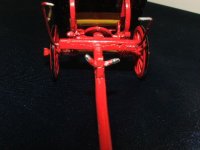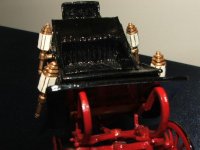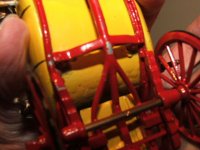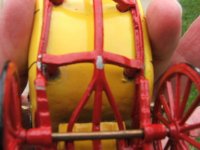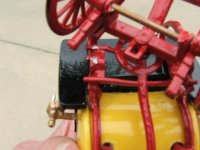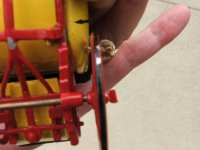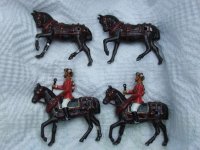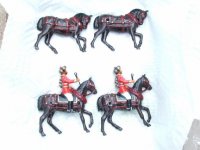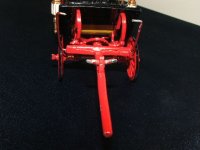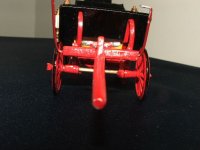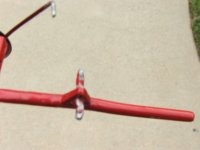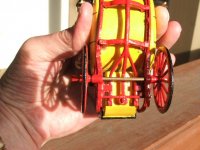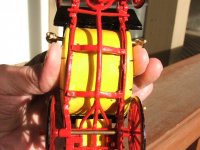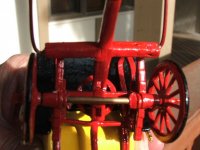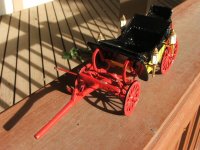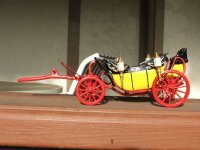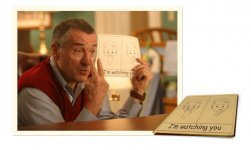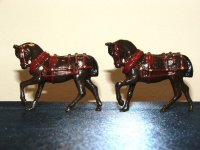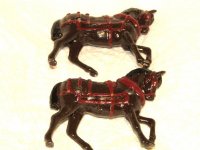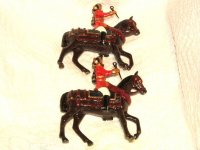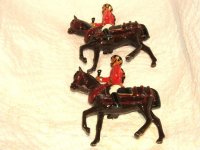Gentle Friends,
Several weeks ago, I posted a series of questions regarding painting figures. Much to my pleasure, several excellent figure painters came to my assistance and answered my questions. Special thanks go to Brad (TheBaron), Scott (Britfarmer), Michael (Kilted Vampire), Simon (Wraith), Jeff (Aujj65), John (NJJA), Russell, Captain, and Ragnar for so generously coming to my aid. Beyond stating that I wanted to increase my knowledge concerning the painting of figures, I was not very specific about what was motivating me to ask my series of questions. In order to achieve full closure on the project I was considering, I think it is time to fully explain myself, so let me share my adventure to you.
Background:
Almost a year ago, I acquired a Marlborough Delhi Durbar set that I much desired and I did so at a reduced cost. Upon receiving the set, I discovered it was damaged in several ways. Some of the damage was caused during shipping and some of the damage existed prior to shipping. In order to repair and repaint the set to a level I would be proud to display, I considered enlisting the aid of someone who had the skills to perform the necessary work. However, if I shipped the set to a painter, paid for the work, and paid for the return shipping, I would have more money invested in the set than the set is actually worth. Further, the set is delicate and fragile and by shipping it again, I could well encounter additional damage. As you have probably already guessed, the most viable solution seemed to be for me to attempt the repair work and the repainting myself. Having never taken such a step before, I was naturally anxious and wanted to maximize my potential for performing decent work. Therefore, I posted the questions that most concerned me.
The Set:
The set I obtained is Marlborough Set #D43, Government Official in Landau Coach. It consists of a Landau Coach, a team of four horses, two riders, the Government Official and his Lady, and two footmen.
The Adventure:
Repairing and repainting this set has been a true adventure for me. If you are interested in following the progress of my adventure, then please read my subsequent posts in this thread. I intend to present a step by step discussion of the challenges I faced with this project and the means by which I attempted to address them. The project had great meaning for me and I hope you enjoy accompanying me on my newest adventure!
Warmest personal regards,
Pat
Several weeks ago, I posted a series of questions regarding painting figures. Much to my pleasure, several excellent figure painters came to my assistance and answered my questions. Special thanks go to Brad (TheBaron), Scott (Britfarmer), Michael (Kilted Vampire), Simon (Wraith), Jeff (Aujj65), John (NJJA), Russell, Captain, and Ragnar for so generously coming to my aid. Beyond stating that I wanted to increase my knowledge concerning the painting of figures, I was not very specific about what was motivating me to ask my series of questions. In order to achieve full closure on the project I was considering, I think it is time to fully explain myself, so let me share my adventure to you.
Background:
Almost a year ago, I acquired a Marlborough Delhi Durbar set that I much desired and I did so at a reduced cost. Upon receiving the set, I discovered it was damaged in several ways. Some of the damage was caused during shipping and some of the damage existed prior to shipping. In order to repair and repaint the set to a level I would be proud to display, I considered enlisting the aid of someone who had the skills to perform the necessary work. However, if I shipped the set to a painter, paid for the work, and paid for the return shipping, I would have more money invested in the set than the set is actually worth. Further, the set is delicate and fragile and by shipping it again, I could well encounter additional damage. As you have probably already guessed, the most viable solution seemed to be for me to attempt the repair work and the repainting myself. Having never taken such a step before, I was naturally anxious and wanted to maximize my potential for performing decent work. Therefore, I posted the questions that most concerned me.
The Set:
The set I obtained is Marlborough Set #D43, Government Official in Landau Coach. It consists of a Landau Coach, a team of four horses, two riders, the Government Official and his Lady, and two footmen.
The Adventure:
Repairing and repainting this set has been a true adventure for me. If you are interested in following the progress of my adventure, then please read my subsequent posts in this thread. I intend to present a step by step discussion of the challenges I faced with this project and the means by which I attempted to address them. The project had great meaning for me and I hope you enjoy accompanying me on my newest adventure!
Warmest personal regards,
Pat


